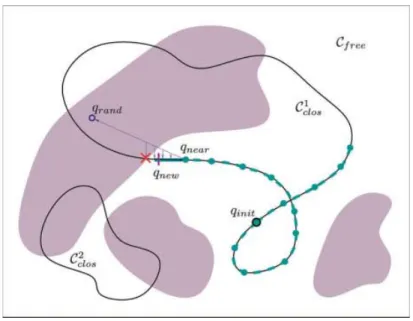Geometric algorithms for the conformational analysis of long protein loops
Texte intégral
Figure




Documents relatifs
A partially modified PpHAL crystal structure (1GKM mod ) has been constructed by replacing the original 39-80 part (the partially open Tyr-loop) of every subunit of the
Results show that the methods previously studied and developed enable to model a consistent energy landscape for this flexible loop, identifying both conformations: the one adopted
If the number of points to test, denoted N , is large enough e.g., 1000 or larger, there exists a faster method, using the fact that the set SI is generally empty: we can look for
Figure 3 shows an overview of CoCoTest that consists of three main steps: (1) Creating and initializing a test workspace, i.e., a container for the test inputs and configuration
4.1. Preliminaries on diffeologies and Fr¨ olicher spaces. The objects of the category of -finite or infinite- dimensional smooth manifolds is made of topological spaces M equipped
To overcome the slow convergence of active learning (AL) in large database exploration, we presented a new algorithm that augments version space-based AL algorithms, which have
(1987) Escherichia coli formyl- methionine tRNA: mutations in GGGCCC sequence conserved in anticodon stem of initiator tRNAs affect initiation of protein synthesis and conformation
When active learning (AL) is applied to help the user develop a model on a large dataset through interactively presenting data instances for labeling, existing AL techniques can
